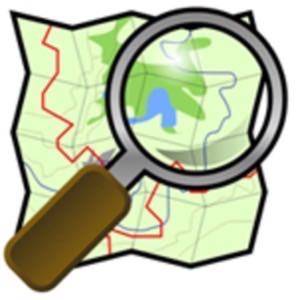Perhaps you have some spare time on your hands, or perhaps you just want to do good for others from the comfort of your desk chair. Either way, a great way to fulfill these needs is to participate in crowdsourcing – community driven conglomerations of small efforts by large crowds of participants. The simplest form of crowdsourcing are online wikis like the open-source encyclopedia Wikipedia, and the Internet Movie Database (IMDb), but there are hundreds, if not thousands, of other great examples. Here are a few great ways to get involved in the wonder of crowdsourcing.

This Innovation Series is brought to you by Lexus.
Map the World
OpenStreetMap is what would result if Wikipedia and Google Maps made a baby. The open-source, wiki-based mapping project is leveraging crowdsourcing to create highly detailed, highly accurate maps of the world. The easiest way to get involved is to locate your community on the map and start adding items like parks, businesses, streets, landmarks and other objects to the map. Adding items is as simple as editing Wikipedia articles (which is really easy, if you haven’t tried it).

Do you know of a hiking trail in your area that you can’t find on OpenStreetMap? If you want to create an accurate representation of that trail, you can take a GPS device out with you on your next hike and capture the exact coordinates as you walk. Then simply hook up your GPS tracks-compatible device to your computer and upload it to OpenStreetMap.
Curate the News
Do you know how to find good journalism and want to share a curated list of high-quality stories with the rest of the world? NewsTrust, a growing community of over 15,000 consumers, journalists and educators provides a platform for users to rate and share news stories based on “facts, fairness, context and other core journalistic principles.” So stop yelling at your TV when you don’t agree with Glenn Beck or Keith Olbermann and help the community by curating the news.

Use Social Media, Provide Rich Data
One of the best and easiest ways to participate in crowdsourcing is to simply use social media and share information on the Internet. By sharing your thoughts on Twitter, which will be come infinitely more intelligent with the launch of annotations, you can contribute to the fire hose of real-time data that researchers use every day to check the pulse of the world. Similarly, participating on services like Yelp help people crowdsource restaurant reviews. How else would I have known where to find a clam chowder bread bowl on the east side of San Francisco?
The real power lies in the data beneath the surface of various forms of social media. As mentioned above, Twitter annotations will create rich metadata from the billions of messages sent each day, but other services like Flickr have loads of metadata included with each photo. Photo data can not only include information about who took the photo, when and where, but also information about the camera, the lens, the shutter speed and lots of other photography-related metadata. Using this data, mashups can and have been made that creatively integrate Flickr photos to reveal fascinating information.

Start Your Own Project
If these projects don’t float your crowdsourcing boat, create your own! If you want to help raise money for charity, Crowdrise is a great platform to get your efforts off the ground. Founded by actor Edward Norton, Crowdrise lets users create projects, share them on social networks, collect donations and send those donations off to charities. “Charities get the cash, the world is a better place, and everyone likes you more,” the site says.

If that’s not up your alley, try checking out one of several lists of crowdsourcing projects out there to participate in. There is an excellent list containing hundreds of examples up on the shared workspace platform PBworks where you’re sure to find something to your liking. If you still want to try your hand creating your own project, check out Wikipedia’s lists of recent projects for inspiration.
Photo by Flickr user Ian Ransley.










